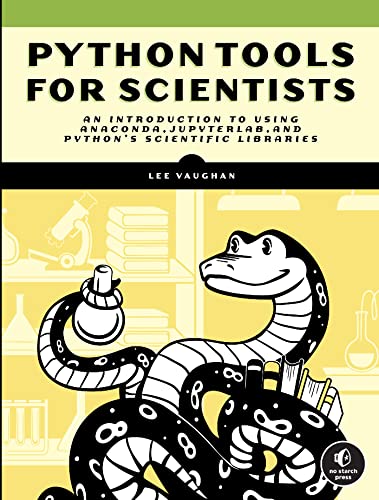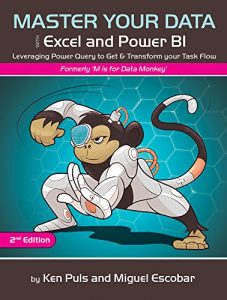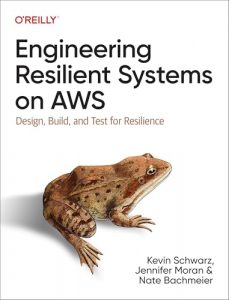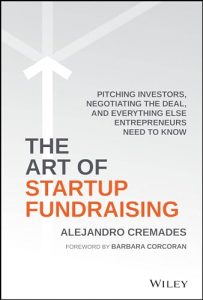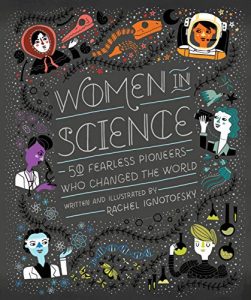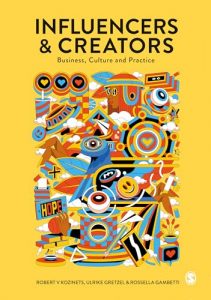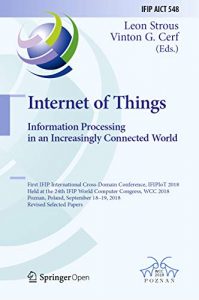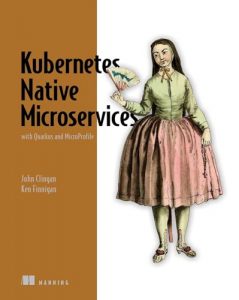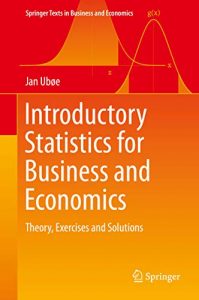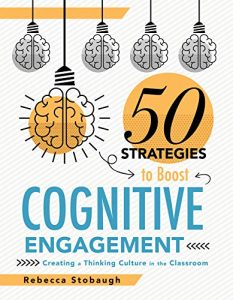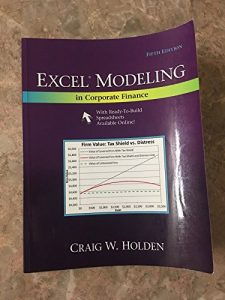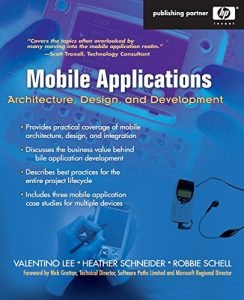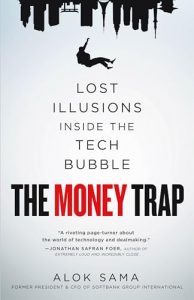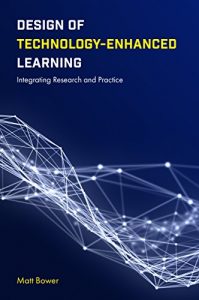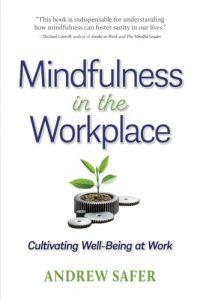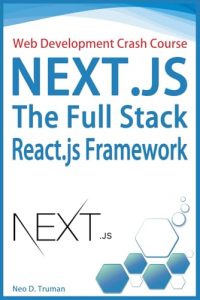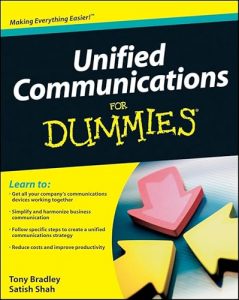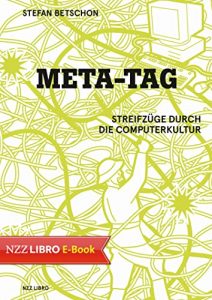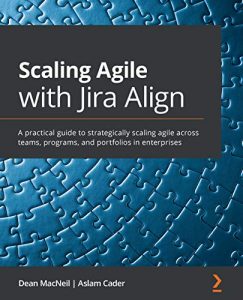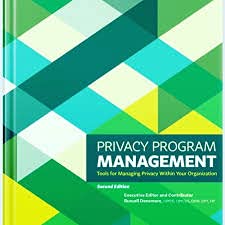1. Python Tools for Scientists: An Introduction to Using Anaconda, JupyterLab, and Python’s Scientific Libraries
Authored by Lee Vaughan, this book serves as a thorough introduction to using the powerful ecosystem of Python for data science. Published on January 17, 2023, it covers essential tools such as Anaconda, JupyterLab, and various scientific libraries necessary for modern scientific computing. Whether you’re a seasoned programmer or a beginner, Vaughan’s clear explanations and practical examples make it an invaluable resource. The book’s structured approach ensures readers can easily follow along and apply learned skills to real-world problems. Investing in this book is a step towards mastering Python for scientific applications.

2. Jupyter Notebook 101
Driscoll Michael’s “Jupyter Notebook 101” is tailored for newcomers eager to dive into the world of Jupyter Notebooks. Released on October 23, 2018, it simplifies complex concepts, demonstrating how Jupyter can enhance data analysis and visualization. This concise guide encourages hands-on practice, empowering users to transform data into actionable insights. With practical exercises and engaging examples, readers will see the immense potential of using Jupyter as a data analysis tool, regardless of their prior experience.

3. JupyterLab 101: Your Guide to the Latest Jupyter NoteBook Interface
In this upcoming release set for November 10, 2024, Michael Driscoll provides insights into the innovative JupyterLab interface. This book is essential for anyone looking to upgrade their skills and leverage the full potential of JupyterLab. It introduces advanced features that enhance productivity in data science projects. Readers will appreciate practical examples that bridge theory and application, making it a crucial addition to any data scientist’s library.

4. Practical Data Analysis Using Jupyter Notebook
Marc Wintjen and Andrew Vlahutin explore the capabilities of Jupyter Notebooks in their 2020 release, “Practical Data Analysis Using Jupyter Notebook.” This book emphasizes real-world application by guiding readers through techniques to extract valuable insights from data. Their collaborative approach highlights diverse perspectives and methodologies, allowing readers to adapt various data analysis strategies. It’s perfect for individuals looking to harness Python’s libraries for meaningful data exploration and statistical analysis. This book is a must-have for data analysts wanting a practical and actionable guide to data projects.

5. Python For Effect: Master Data Visualization and Analysis
“Python For Effect” by Tomasz Trebacz is a practical guide, set to release on October 23, 2024. It covers the breadth of data visualization, machine learning, and advanced statistical analysis using Jupyter Notebook. The book aims to turn novice programmers into proficient data analysts by offering clear explanations and actionable illustrations. With a focus on data pipelines and visualization techniques, this book is perfect for readers aspiring to enhance their data storytelling skills and technical prowess.

6. Jupyter Notebook Python
Mary BEL8’s “jupyter notebook python” is a straightforward guide that caters to both beginners and those looking to sharpen their skills. Published on August 28, 2022, this book provides essential knowledge on how to effectively utilize Jupyter notebooks for Python programming. With practical examples and a hands-on approach, readers can quickly start exploring the functionalities of Jupyter to enhance their coding and data analysis capabilities.

7. Learning Jupyter 5
Dan Toomey’s “Learning Jupyter 5” invites readers to discover interactive computing. With its focus on multiple programming languages such as Python, Java, and R, this book offers a comprehensive overview of what Jupyter can accomplish. Its second edition, released on August 30, 2018, emphasizes a project-based learning approach, ensuring readers can apply their knowledge across various domains, making it an excellent choice for aspiring data scientists wanting to embrace versatility.

8. Fundamentals of Music Processing: Using Python and Jupyter Notebooks
Meinard Müller’s “Fundamentals of Music Processing” is a definitive guide for those interested in music technology and data science. Released on April 11, 2022, this book explores how Jupyter notebooks can be applied in processing music data using Python. Readers will gain unique insights into the intersection of music and technology, making it a captivating read for enthusiasts who want to explore analytics in this domain creatively.

9. Teach Yourself Data Analytics in 30 Days
David Clinton’s “Teach Yourself Data Analytics in 30 Days” is a fun and engaging approach to mastering data analytics using Python and Jupyter Notebooks. Released on April 27, 2021, this book incorporates real-world projects, allowing readers to learn by doing. This practical guide is perfect for those juggling a busy schedule while seeking a kickstart into the world of data analytics – all within a month. Clinton ensures that learning is both effective and enjoyable.

10. Anaconda Jupyter Notebook Learning
“03 Anaconda Jupyter Notebook Learning” by Mahendra Sonawane and Sainik Darpan offers an in-depth journey through business analytics using Jupyter. Set to release on January 26, 2025, this book focuses on leveraging Jupyter Notebooks for data-driven insights in a business context. It’s ideal for business analysts looking to blend technical skills with strategic insights, making it an essential read for those wanting to navigate data in the business world effectively.


